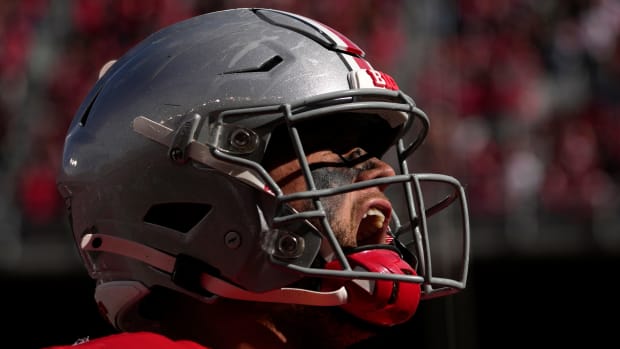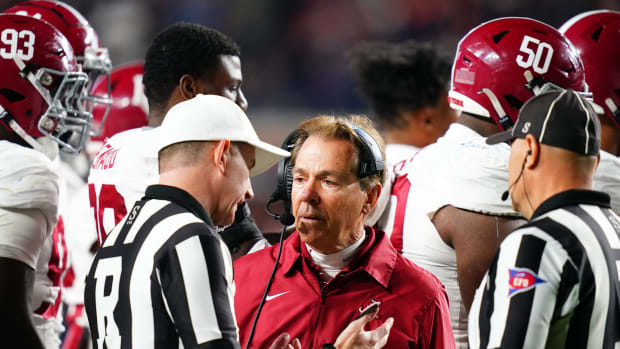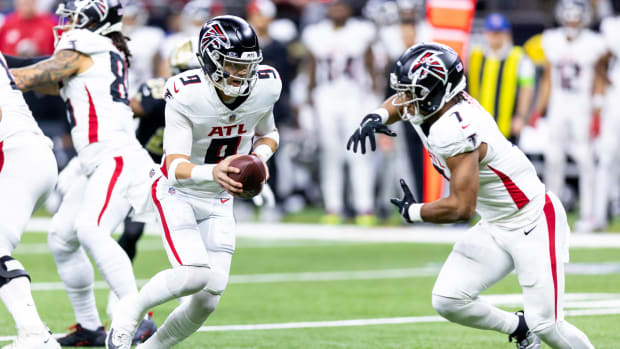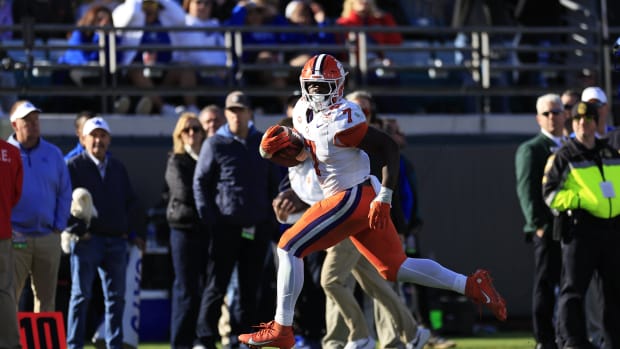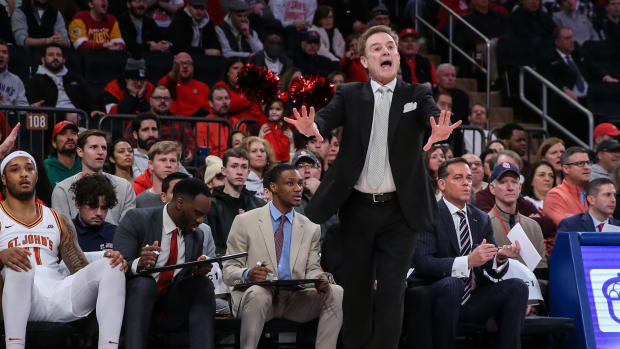
International Athletes' Calls for NIL Equality Snubbed
On December 20, 2023, the United States Citizenship and Immigration Services (USCIS) released long-awaited policy guidance regarding F and M (student) visas: “to address the nonimmigrant student (F and M) classifications, including USCIS’ role in the adjudication of applications for employment authorization.”
To the frustration of many international student athletes and those engaging in the Name, Image, and Likeness economy, no mention of NIL guidance was mentioned.
Since the NCAA adopted its revolutionary NIL policy in July 2021, lifting previous restrictions on student-athletes’ ability to monetize their publicity rights, international student-athletes have been left behind. Virtually all student-athletes hailing from outside the United States have legal residency through F-1 visas, colloquially known as student visas. This designation restricts international students' employment prospects only to on-campus work opportunities; any “off-campus” employment is deemed a violation of their visa and subjects any violators to potential deportation.
While a minority of NIL endorsements do not trigger an “off-campus” employment designation, the lion's share of NIL opportunities for college athletes run afoul of student-visa regulations. The complicated legal intricacies of creating NIL opportunities that comply with the framework of the F-1 student visa have led most university compliance offices to steer their international student-athletes away from NIL engagements. For the same reasons, NIL collectives and brands looking to partner with college athletes have stayed far from involving themselves in endorsement opportunities with international athletes.
For the last two years, ardent demands for clarity from the USCIS have been requested by leaders in collegiate athletics, NIL service providers, and athlete advocacy groups. After two years of silence, the reluctance of USCIS to provide direction on NIL issues in their latest policy guidance now appears deliberate.
International student-athletes represent roughly 13% of Division-I athletes and 15% of men’s basketball players. Without explicit language from the USCIS, a significant portion of college athletes remain in limbo regarding the legality of engaging in NIL opportunities.
The now intentional silence by the USCIS is responsible for depriving international student-athletes of the ability to exercise the same rights as their domestic peers. Opendorse data has projected NIL engagements to pay over one billion dollars to student-athletes in 2024. While the USCIS continues to punt on providing a solution to help international college athletes receive a fair shake in a booming industry, an alternative route to enabling the publicity rights of athletes on F-1 visas exists through federal NIL legislation. Unsurprisingly, these efforts have reached a similar gridlock.
